
1884 - 1958
Nikolay Krymov

description
A Russian painter and graphic artist, master of scenography, teacher, member of the art associations of the symbolists “Blue Rose”, “Wreath”, the group “Makovets”. He was a member of the Union of Russian Artists. He was awarded the title of People’s Artist of Russia, a corresponding member of the USSR Academy of Arts.
Key ideas:
– In the early period of his work, Krymov experienced influence of different popular art movements; this reflected in the formation of his creative credo. His first paintings shown at the exhibition were decorative and generalized compositions. Distinguished by convention, her paintings were created as stylizations in the style of primitivism, tapestry, or popular print. Some of them in the style of classical landscape “invented” by the artist without reliance on nature (“Windy Day”, “Yellow Barn”). They are characterized by simplicity and romantic shade of idyll characteristic of Symbolism.
– The game of illuminated and shaded surfaces makes you think of light and the sun as that which supports and ensures life on Earth. Krymov deliberately unites big and small, grand and everyday in one plot, giving it harmonious clarity to emphasize the materiality of both life and existence.
– Having entered the landscape painting as a city dweller, Krymov showed that he could see the nature among numerous houses and roofs, “hear” her secret life among fuss and noise of the city. It is significant that looking at the exhibition of school works, college teacher Apollinary Vasnetsov became so interested in Krymov’s etude “Roofs under the snow”, that he bought this painting, which was soon purchased by the Tretyakov Gallery. The young painter managed to demonstrate a technique that then became his style. This absolute compositional “randomness” of the landscape that reminds a cinematic frame. This is softness of color solutions that reminds changing “images” of imagination or dream.
– The cult of dreams and beauty, often with the poetization of the past, as well as a passion for theater and work at many magazines and almanacs of the new type – Krymov experienced all these things. As a graphic designer, in particular, a designer of the magazine “Golden Fleece”, Krymov created paintings that resemble rather tapestries than paintings. Nature impressions turned into a colorful and unsteady haze.
– In the late Krymov’s landscapes, the desire for a realistic manner prevails.
1884
1904 - 1911
1909 - 1910
1911 - 1915
1916 - 1918
1920 - 1922
1925
1926 - 1934
1938
1942
1954 - 1956
1958
Nikolay Krymov was born
He studied at The Moscow School of Painting, Sculpture and Architecture

“Yellow Barn”

Participated in the International Exhibition in Rome
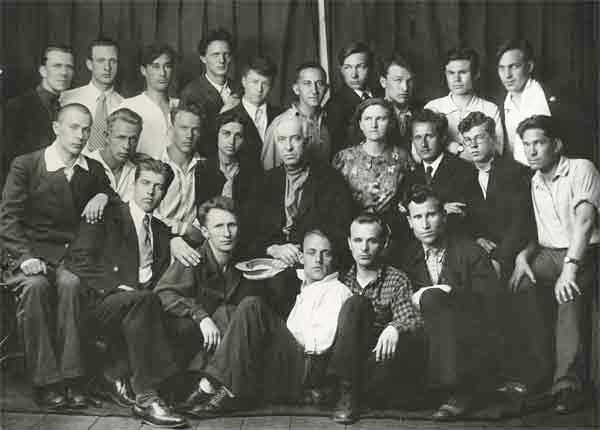
Worked at the estate of V. Mamontov Gorki
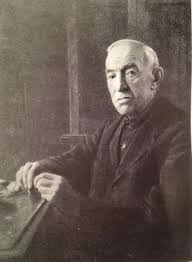
Painted pictures and worked as a teachers at art workshops

Presented his paintings at the retrospective exhibition “the Blue Rose”
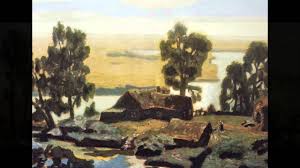
Designed a play by A. Ostrovsky at the Moscow Art Theater
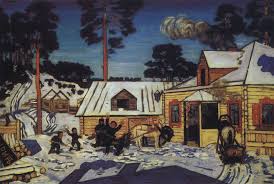
Wrote an article about Levitan
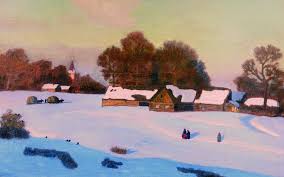
He received the title of "Honored Artist of Russia"
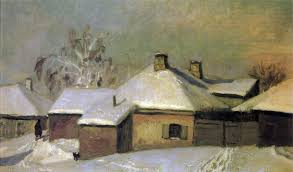
The solo exhibition
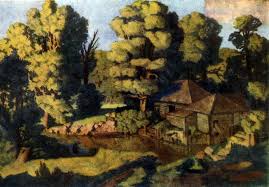
Nikolay Krymov died
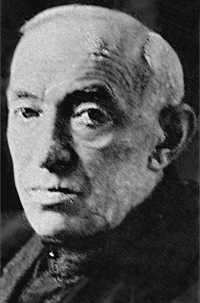
Nikolay Krymov
On Artist
flow
Symbolism
Realism
Impressionism
friends
Alexander Terentevich Matveev
Nikolai Nikolaevich Sapunov
George Bogdanovich Yakulov
Alexey Rybakov
artists
Nikolai Alekseevich Kasatkin
Isaac Levitan
Alfred Sisley
Leonid Pasternak
By Artist
flow
Symbolism
friends
Valentin Serov
Pavel Varfolomeevich Kuznetsov
artists
Mikhail Pavlovich Ivanov-Radkevich
Yuri Petrovich Kugach
Fedor Pavlovich Reshetnikov
Nikolay Konstantinovich Solomin
